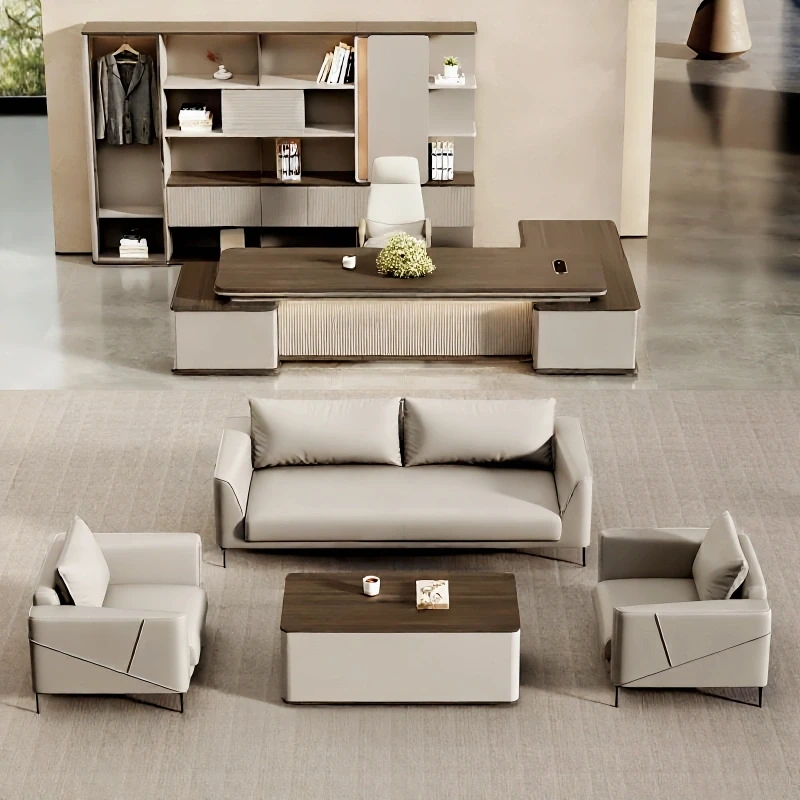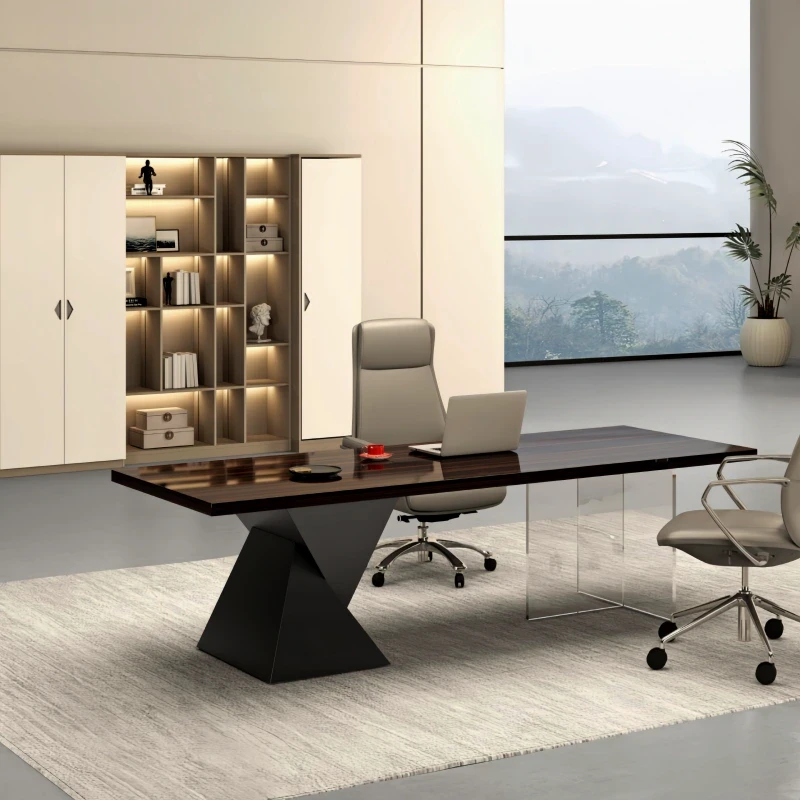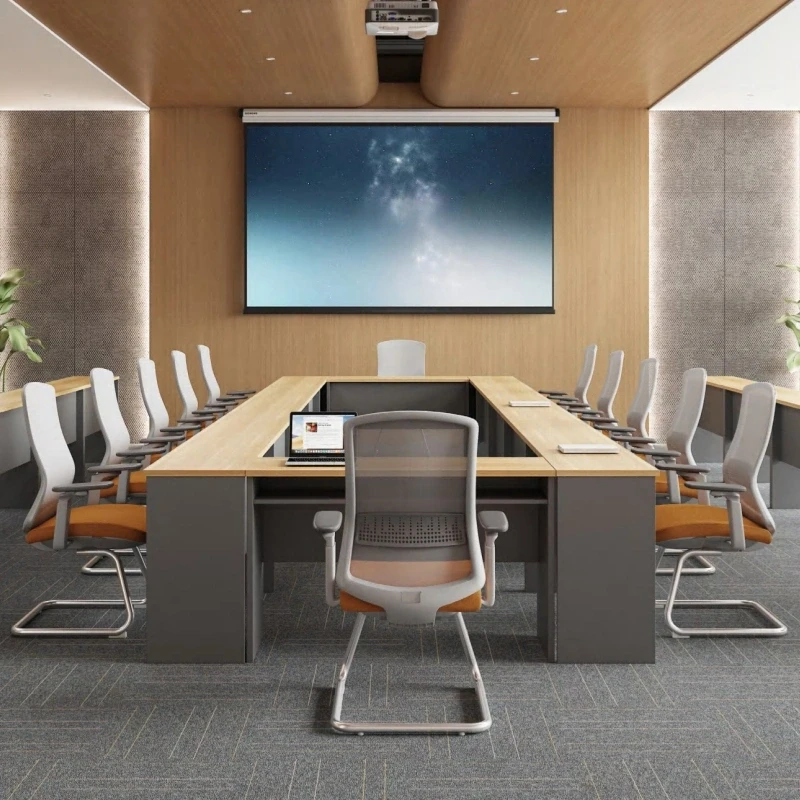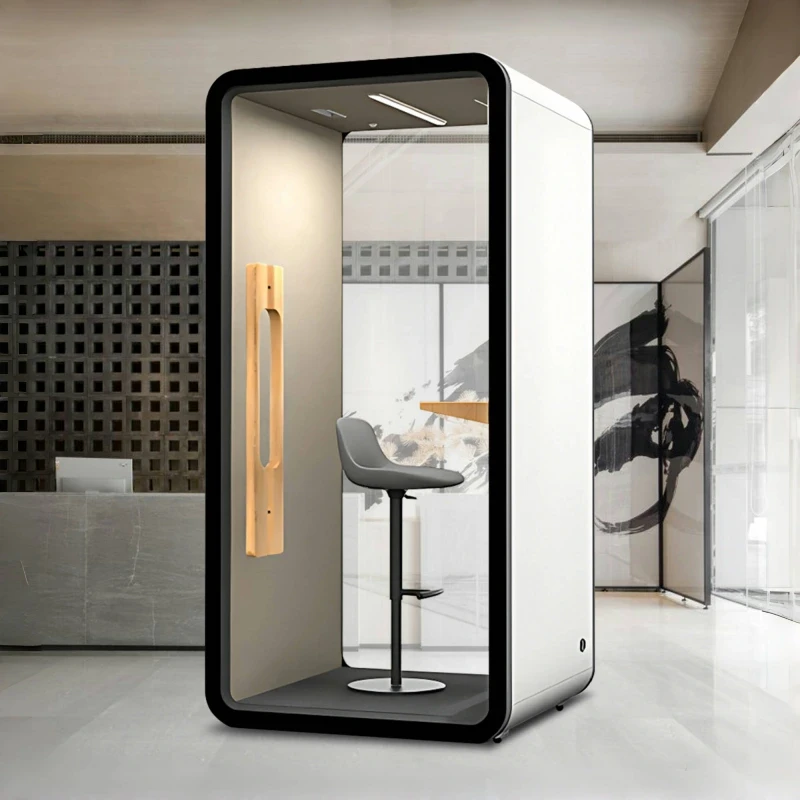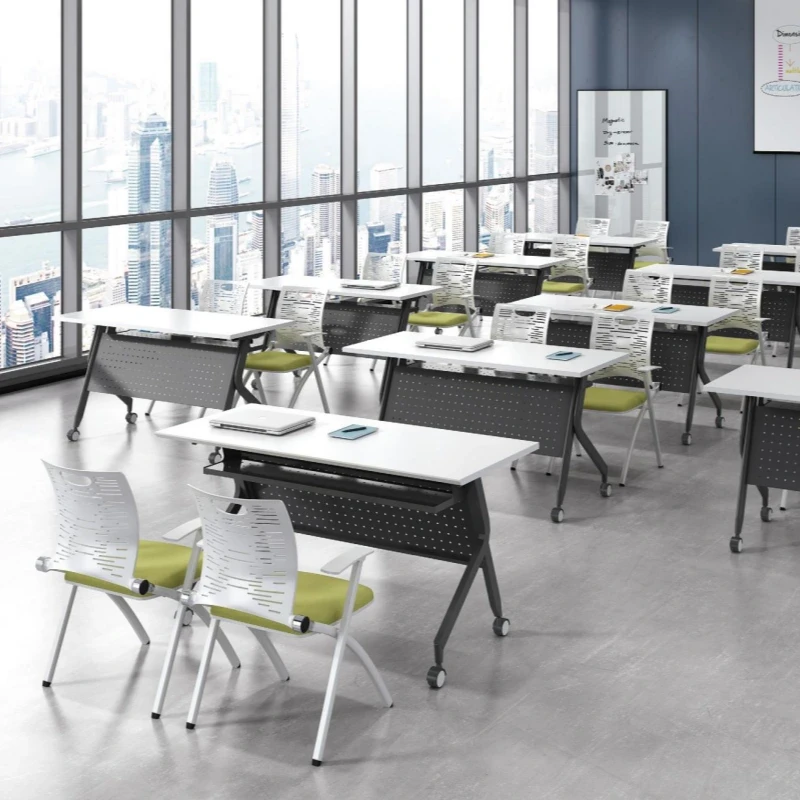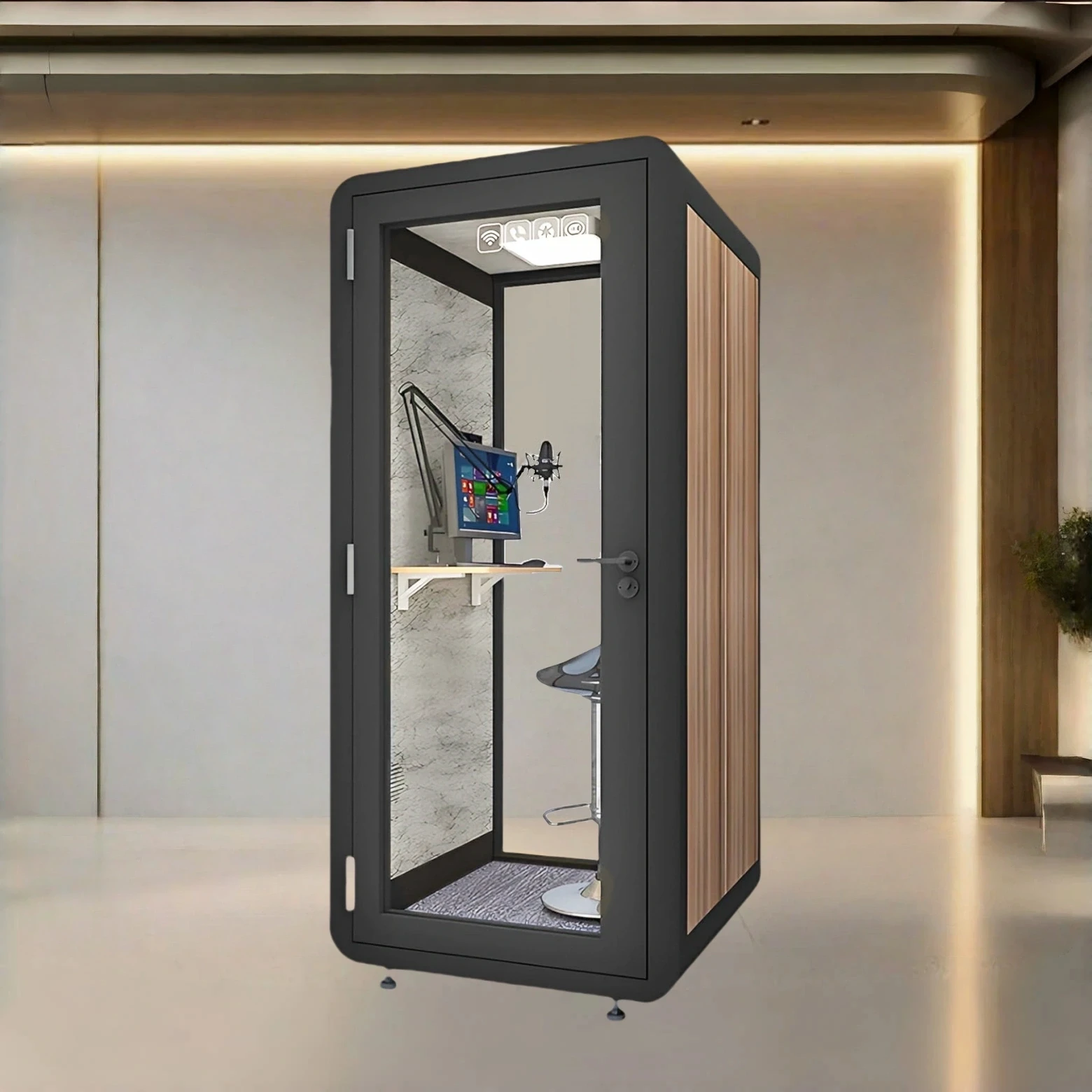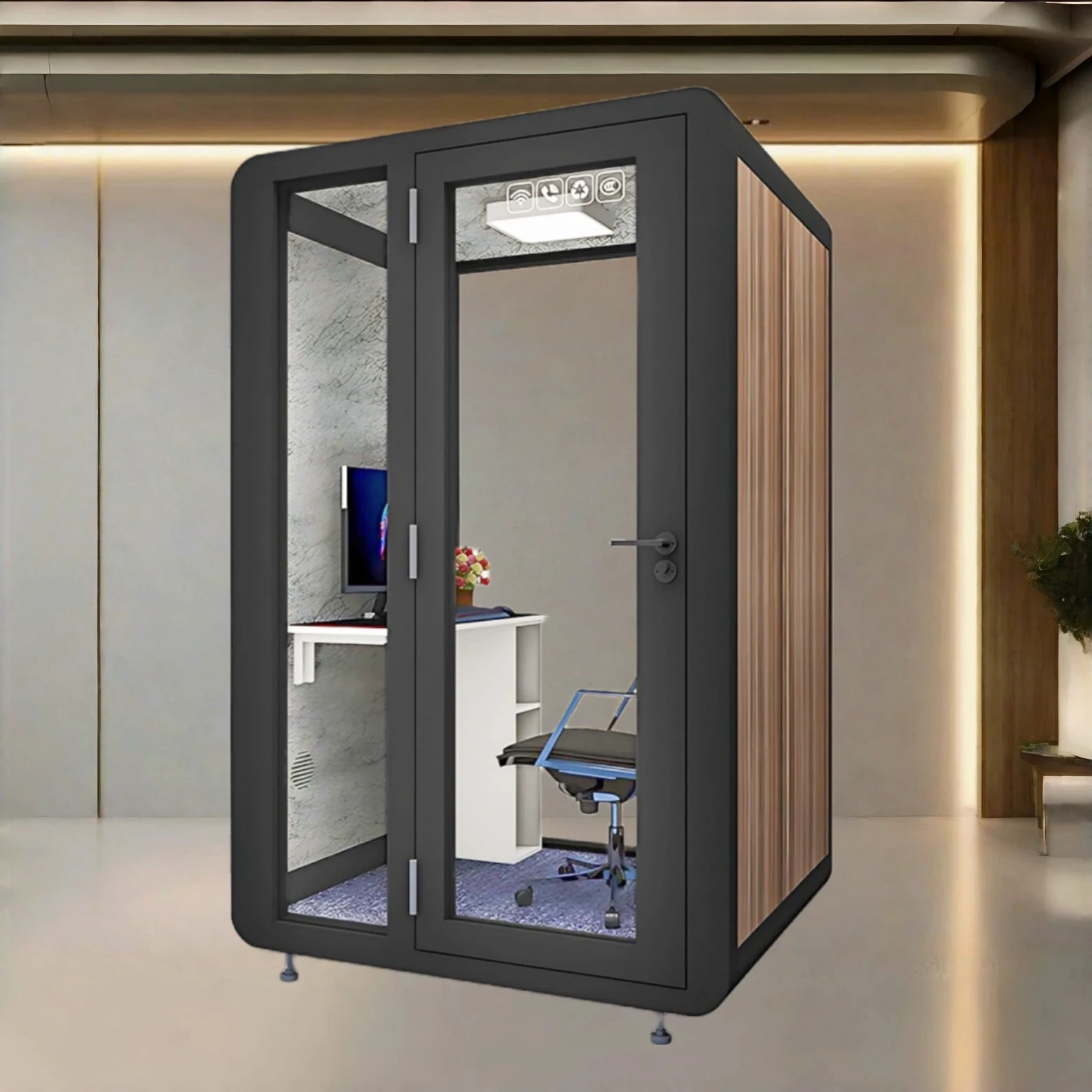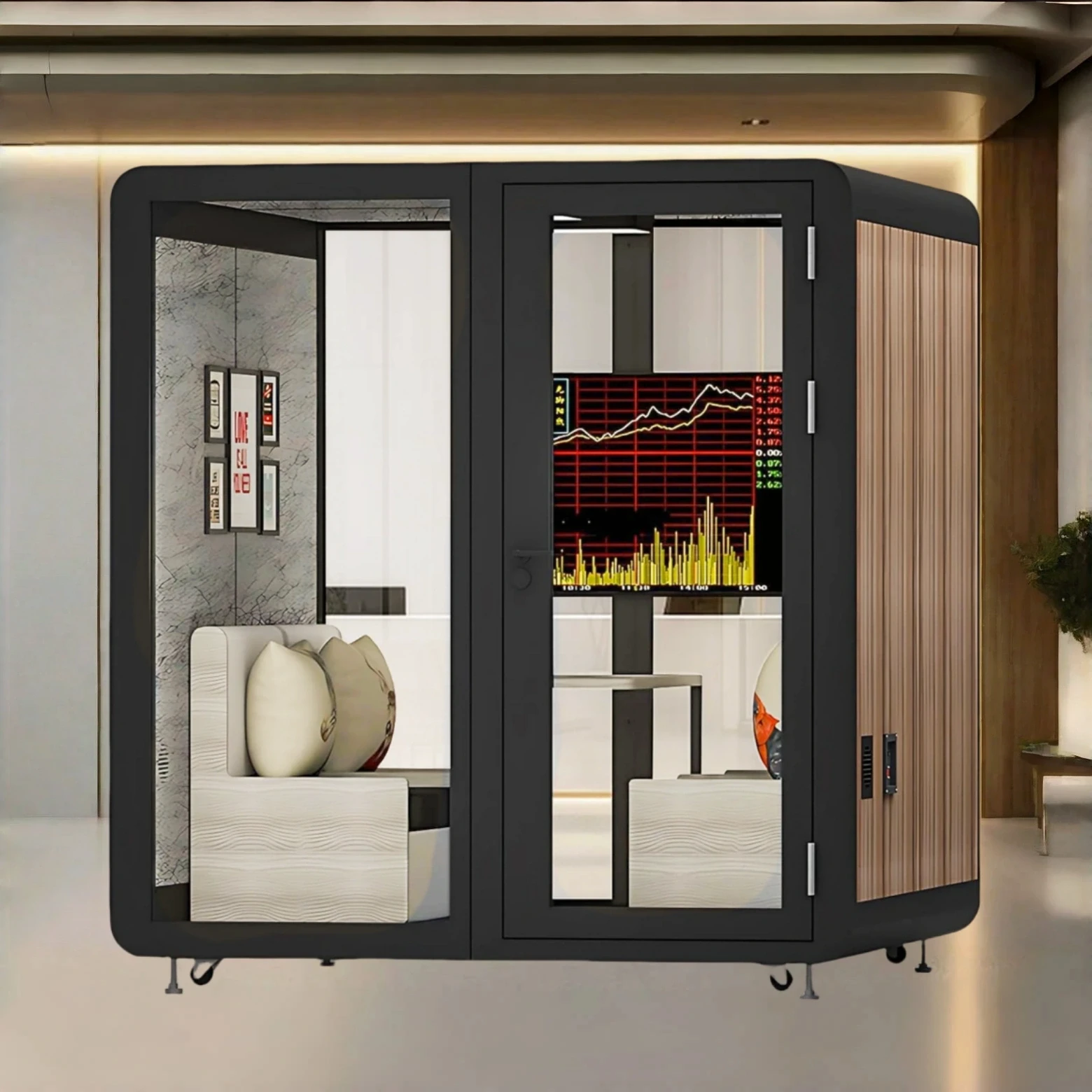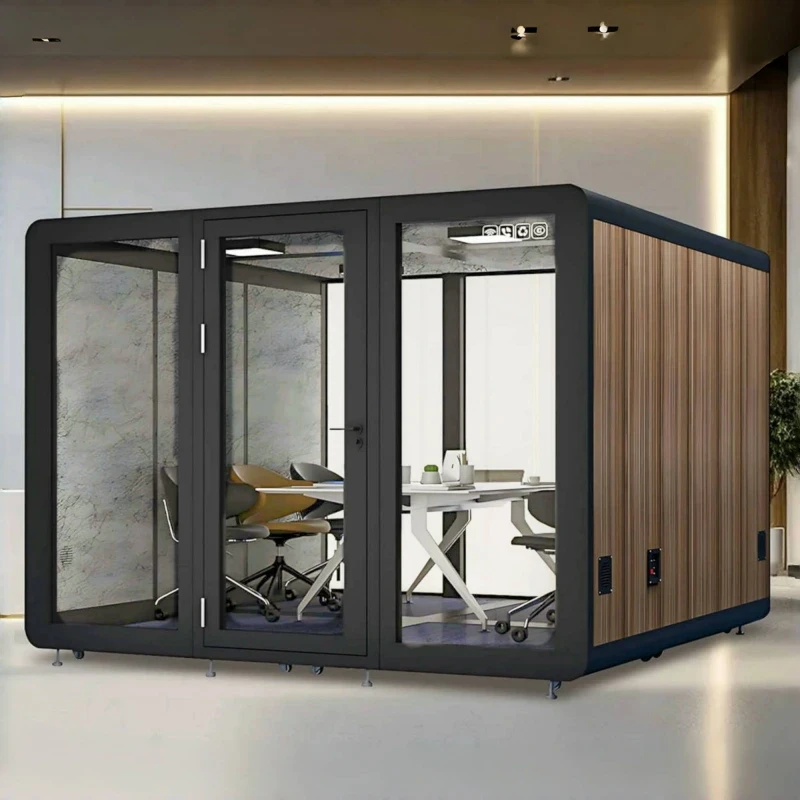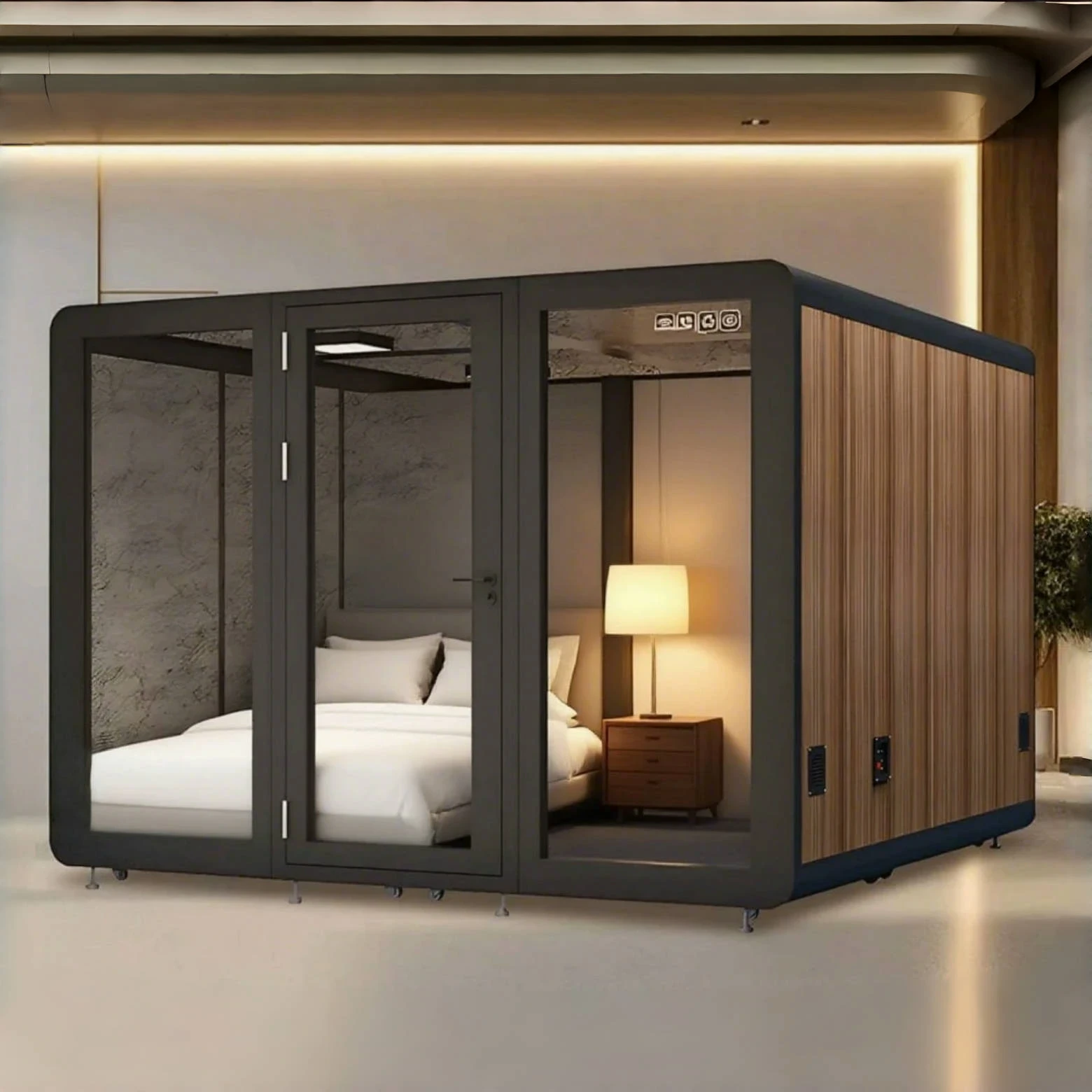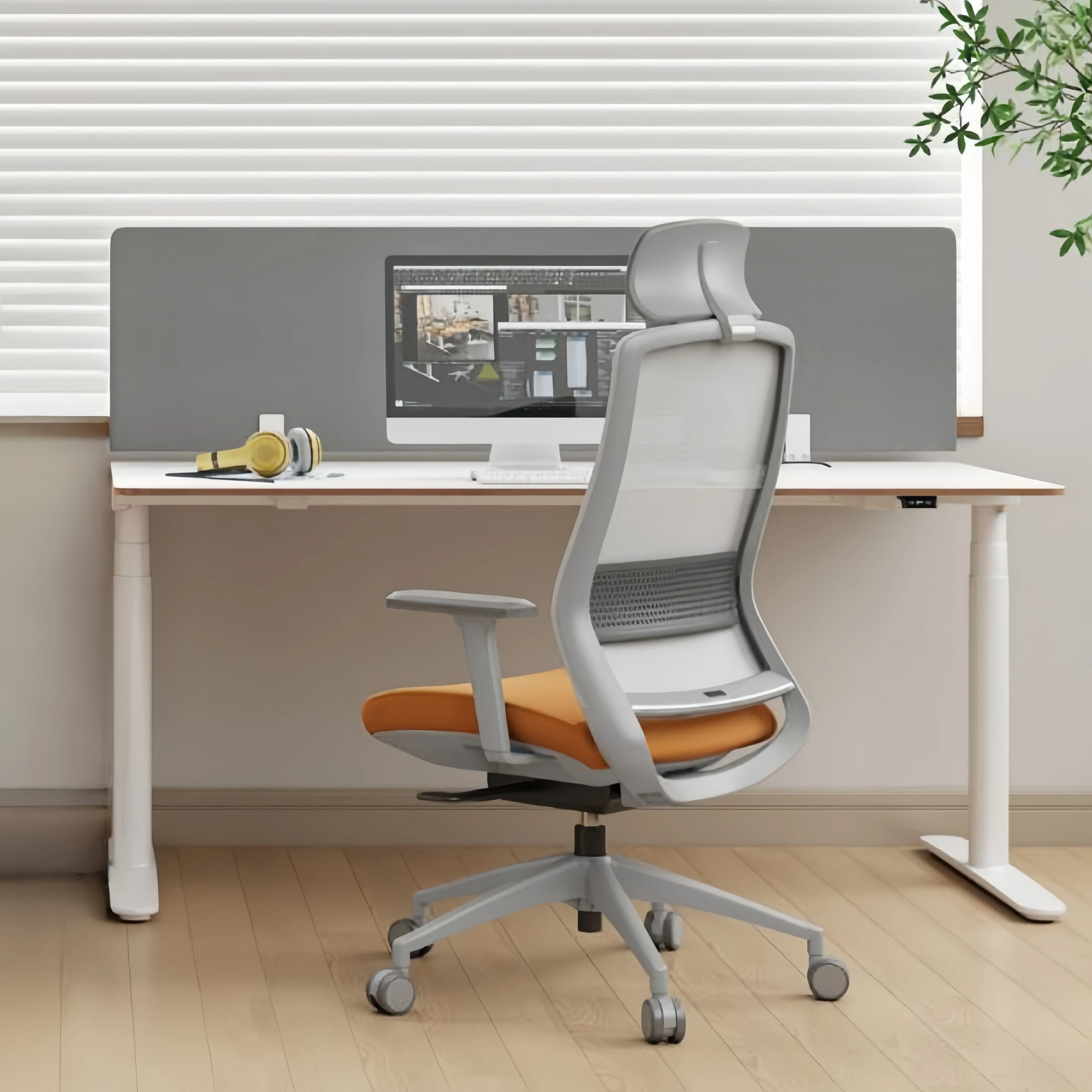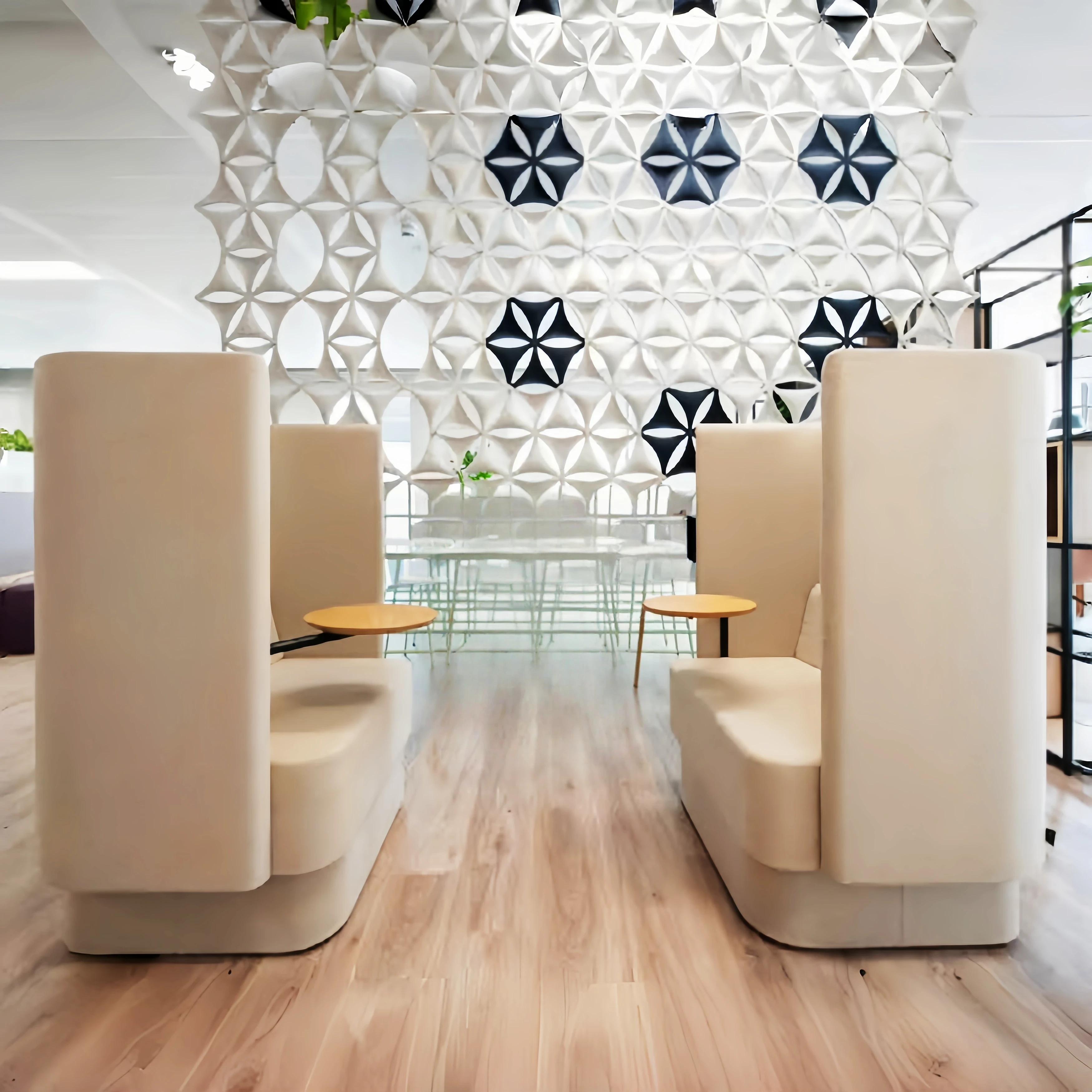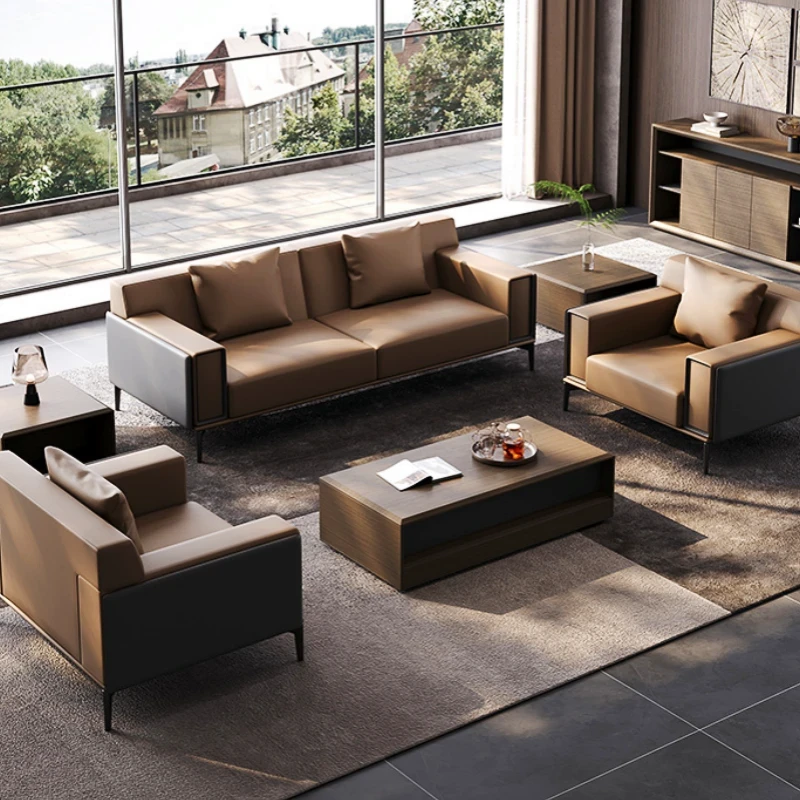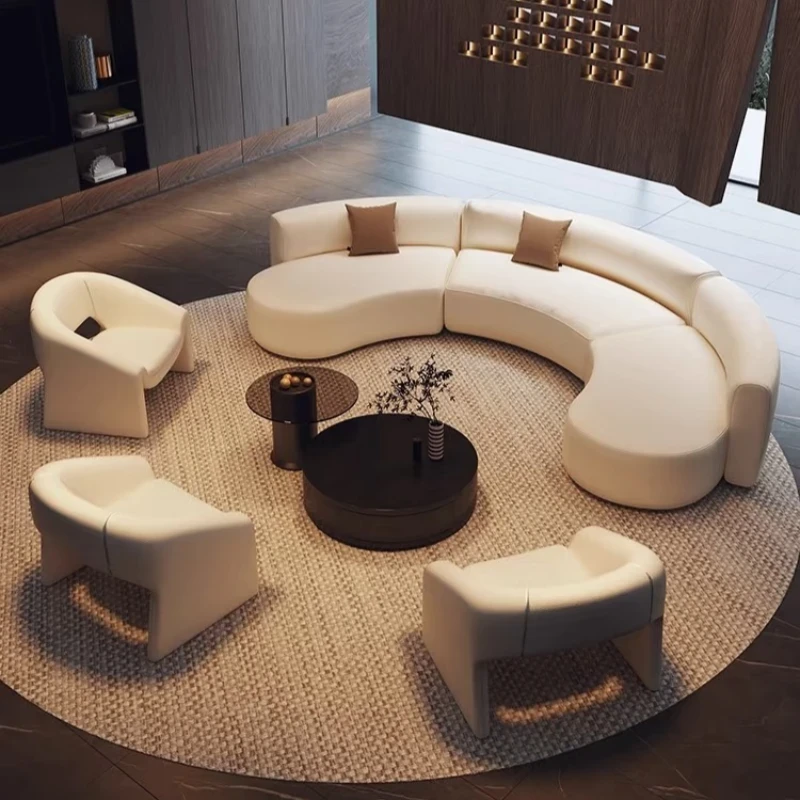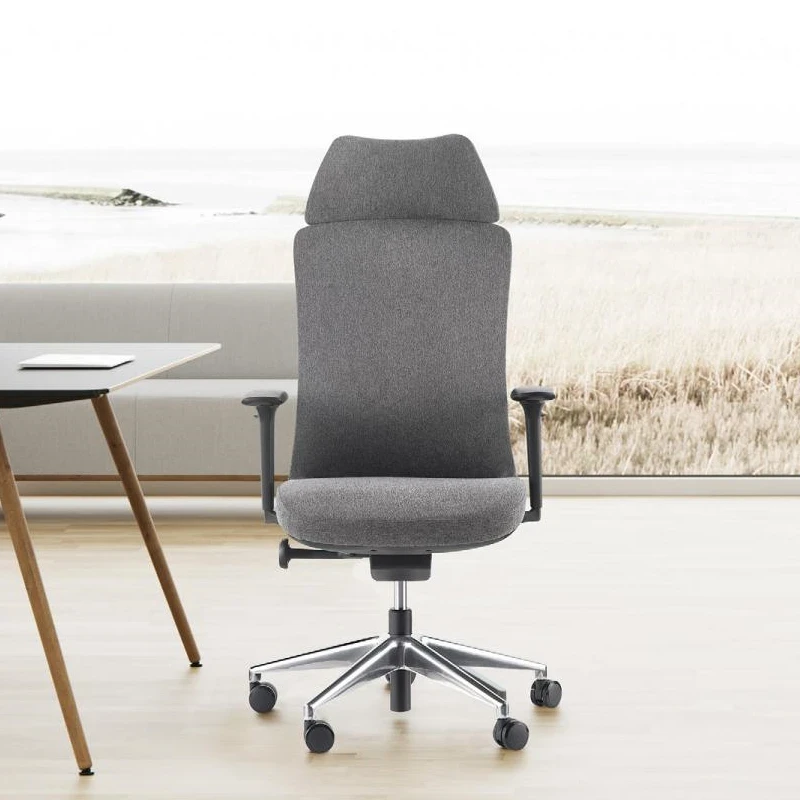Ergonomics is the study of human design: it's the science of adapting the workplace to user needs. It aims to increase efficiency and productivity while minimizing discomfort.
Why ergonomics?
Think about the angle of your computer monitor or the height of your desk. Think about whether your eyes are tired after a stressful day, or your wrists ache from typing. A proper understanding of ergonomics means adjusting tools to suit the user's needs, prioritizing correct posture to reduce the impact of repetitive motion and thus prevent everyday workplace injuries.
The rapid evolution of computers and modern workspaces has significantly increased the need for ergonomics. Whether creating a workspace in the office or at home, desks, chairs, monitors, keyboards, and lighting all need to be evaluated. Conventional office furniture can lead to long periods of fixed posture, muscle strain, and minimal movement. However, ergonomics can adapt to individual needs, allowing us to maintain a balance between sitting and standing workstations—effectively combating the physical injuries associated with prolonged sedentary office work. So how does a complete ergonomic chair come about?
Consumers often mistake "functional chair = ergonomic chair," leading to the ridiculous notion that "an ergonomic chair is one with adjustable backrest, lumbar support, seat depth, and height." Today, let's take a closer look at the development process of an ergonomic functional chair, from its initial design to mass production.
Sep 1: Research, Testing, and Multidisciplinary Collaboration on Sitting Habits:
Herman Miller uses quantitative research to collect usability data from diverse populations through usability testing. This data is then refined by experts in various fields, who supplement it with more qualitative data.
For example, some tests measure a person's comfort while sitting, while others measure metabolic variables such as heart rate (HR), respiratory rate (RR), and CO2 output, comparing the performance of different chairs with their users' health. The results of all these research processes inform the design brief and contribute to the unique qualities of the product. They study not only the scale and variations of the human body but also how it moves. They examine the body's structure, bones, muscles, and how it should move to feel comfortable.
To further understand how the body changes while working, Steelcase conducted a global sitting study, observing the different sitting postures of over 2,000 people across six continents. The convergence of new technologies and new behaviors has given rise to nine new sitting postures. These new postures present challenges that are not adequately addressed by existing seating solutions.
Image source: Steelcase's In-Depth Study of Everyday Sitting Postures
Baoyou conducted in-depth research on various sitting postures. The spine is the core drive axis of the human body. Regardless of posture, it bears a portion of its own weight, meaning that our spine is constantly undergoing stress and deformation.
The main stress-bearing surfaces of the spine are concentrated in the back, waist, and hips. When the back is unable to relieve pressure for a long time, the muscles become compressed, leading to poor blood flow. This leads to enlarged capillaries and nerve compression, resulting in soreness, slowed reaction times, and reduced work efficiency. The lower back is the core area bearing the weight of the upper torso. Problems such as lumbar deformation and hyperplasia are ultimately caused by insufficient lumbar support.
Therefore, there are three key points to an ergonomic chair: 1. The entire backrest curve naturally conforms to the physiologic curve of the human spine; 2. The seat depth ratio is optimal, with the seat width corresponding to the lumbar coverage area; 3. The seat provides comfortable feedback and rebound tension, achieving a balanced support and embrace.
Sep: 2 Design:
Effective chair design begins with understanding the science behind the chair and the contact points between the body and the chair. The overall design of the Baoyou Jinhao chair perfectly aligns with the physiologic curve of the human spine, with the entire backrest curve naturally conforming to the lumbar curve. Evenly distributing pressure on the lower back muscles and providing adequate back support will relieve stress in the waist and hips, and relax the muscles around the sit bones.
Different work styles require corresponding solutions, and the concept of dynamic support in chairs must continue to evolve to keep pace with ever-changing workflows and office equipment. Baoyou Jinhao ergonomic chairs have developed a corresponding dynamic pressure-relieving lumbar support concept, bringing a new level of ergonomic support to improve the user's physical and mental health, providing employees with ergonomic chairs that adapt to their changing work postures.
This is not just a matter of comfort. There are many beautiful and comfortable chairs in the world, but they don't consider the impact of people spending hours sitting in them every day. Chairs should be designed to naturally adapt to the dynamic changes of the body, especially the spine, providing tailored support in various sitting postures. This approach can effectively avoid problems caused by static sitting postures and even help improve physiological function during prolonged sitting.
Today's global workforce is increasingly diverse, and extreme body types are becoming increasingly prominent. The Baoyou Jinhao ergonomic chair features four adjustable backrest heights to accommodate individual body shapes, body types, and different sitting posture preferences.
Sep3 Manufacturing and Performance Testing: Mainly testing the backrest, seat cushion, wheels, and gas pressure rods.
1) Gas pressure rod inspection:
2) Seat cushion anchor pins
3) Wheel rotation test
4) Backrest tensile test
5) Seat cushion compression test
6) Accessory assembly:
All office tools are developed with ergonomic principles in mind. Users can effortlessly adjust them to suit different environments. All product designs are designed to facilitate daily movement and high-performance work in the office environment. Of course, rigorous quality inspection of all performance features is also crucial. Many domestic ergonomic chairs currently on the market focus too much on functional diversity to cater to diverse consumer needs. However, some international ergonomic chair brands, such as Herman Miller, Steelcase, HAWORTH, and a few domestic brands, Baoyou, prioritize sustainable development between the product and the environment.
In addition to sustainable development between the product and the environment, rigorous quality testing is also conducted on the product itself.
1) BIFMA certification is a key indicator of the quality of an ergonomic chair. (If there's no BIFMA-certified ergonomic chair on the market, it's not recommended for long-term investment. After all, you get what you pay for, and a good ergonomic chair provides the strongest support for you and your family.)
2) Brand-certified gas cylinders: BIFMA, SGS, and TUV certified. (Gas cylinders are directly related to our safety, so be vigilant; after all, we only have one.) Don't be tempted by small profits; choose ergonomic chairs from reputable manufacturers, which offer stricter quality control. Look for SGS/BIFMA/TUV certifications on the gas cylinders. A qualified SGS-certified gas strut has a nitrogen concentration of ≥90%, can withstand 200-250kg, and can withstand 300,000 lifts and lowering cycles without damage, providing five to eight years of normal use.
A good ergonomic chair, if used 24 hours a day, can last up to 12 years. For an average of just a few yuan a day, you can provide the strongest support for yourself and your family. Why not?

 USD
USD
 GBP
GBP
 EUR
EUR
